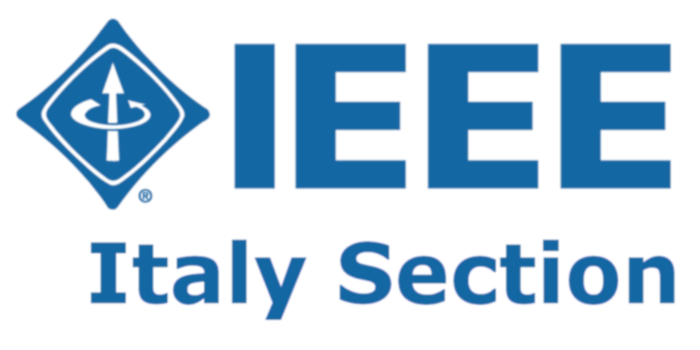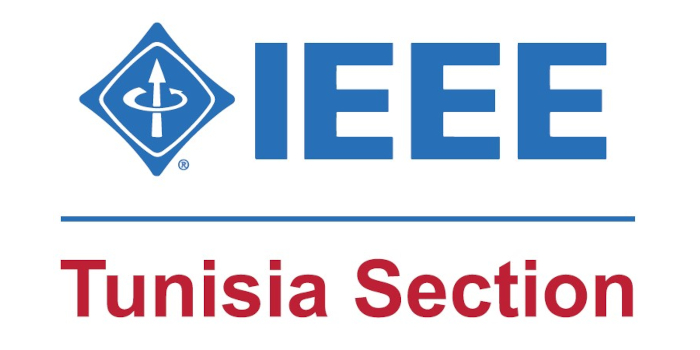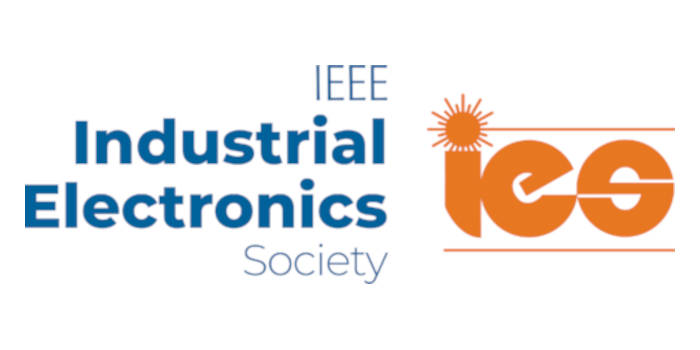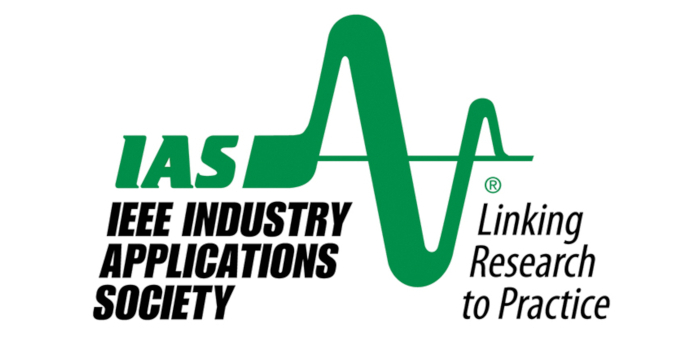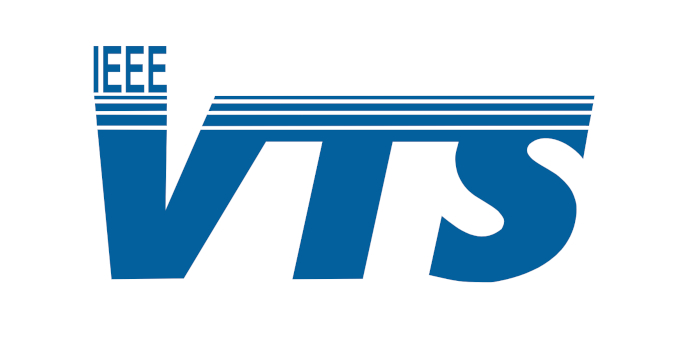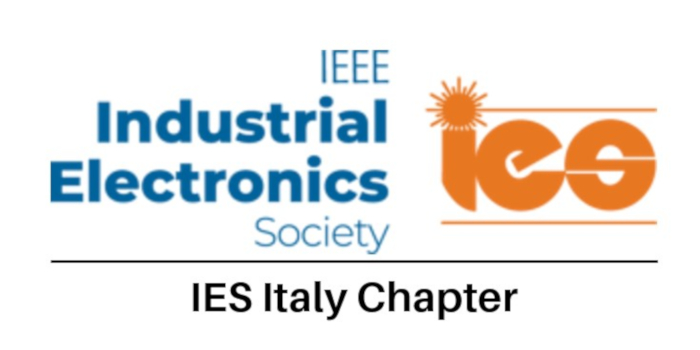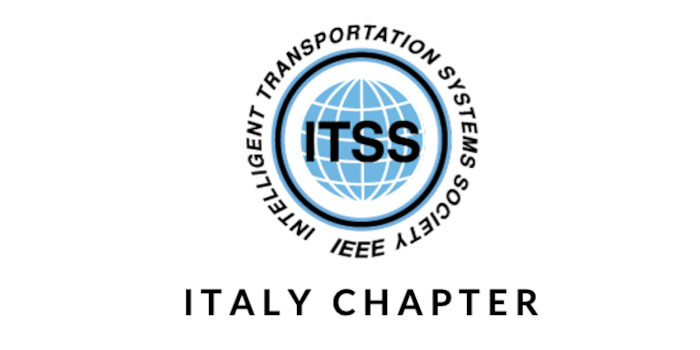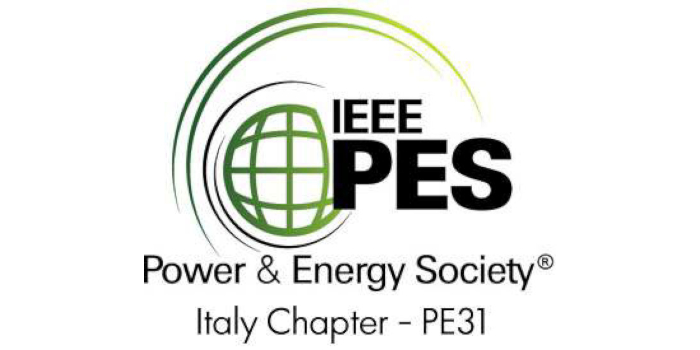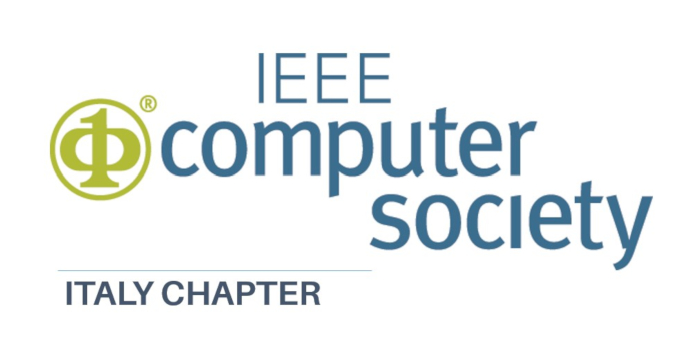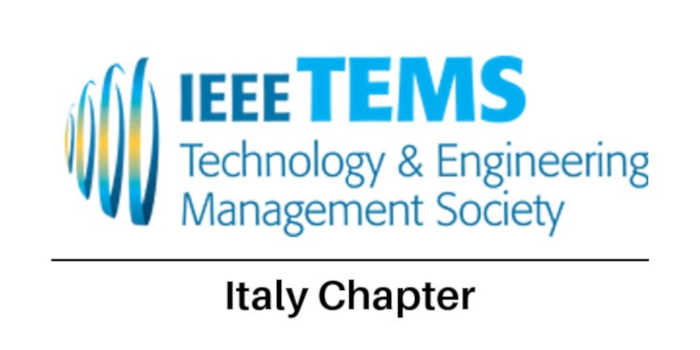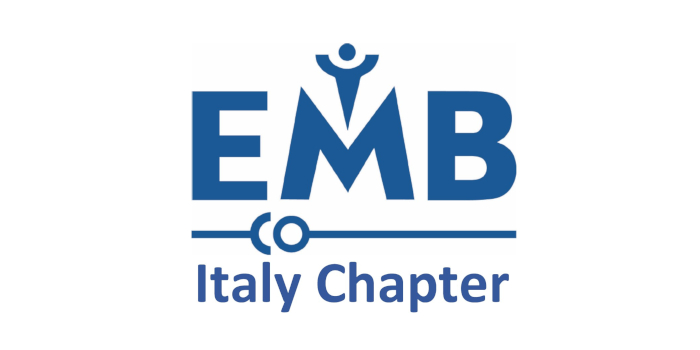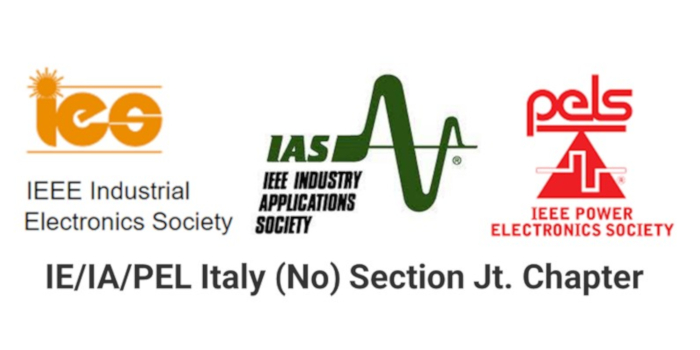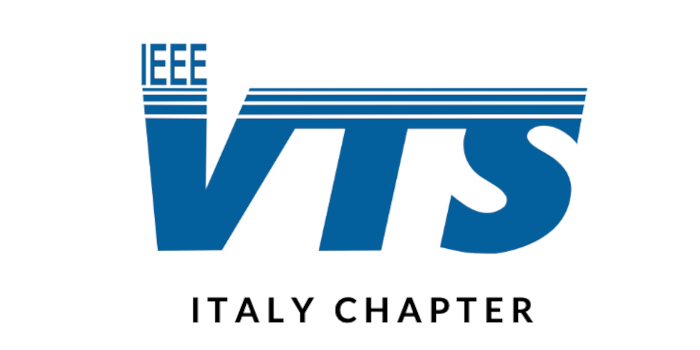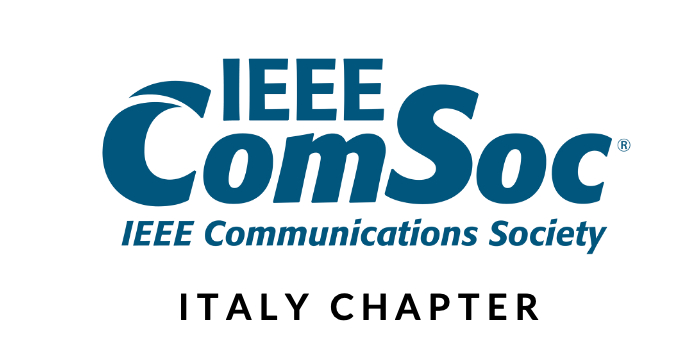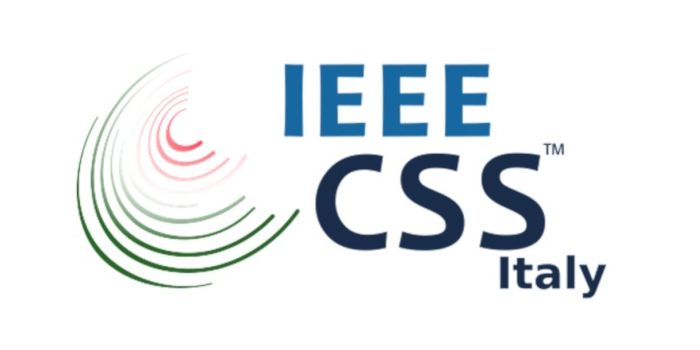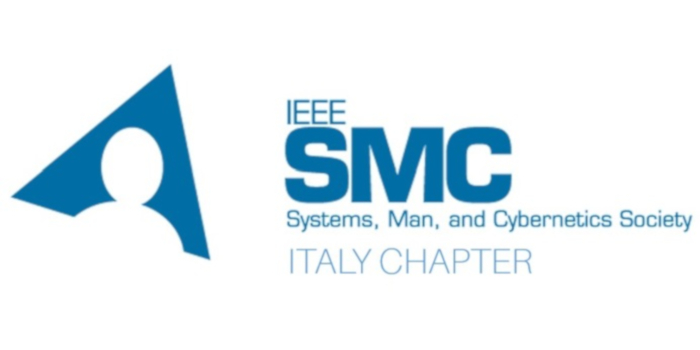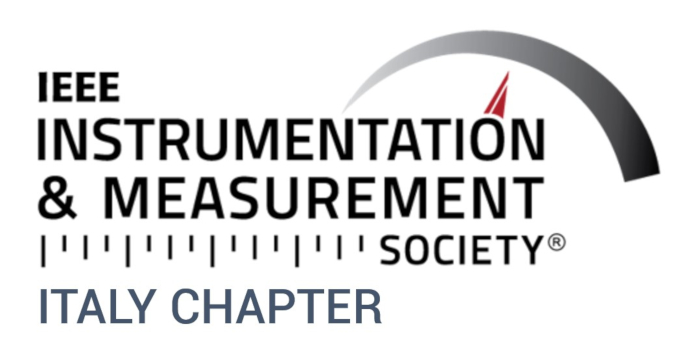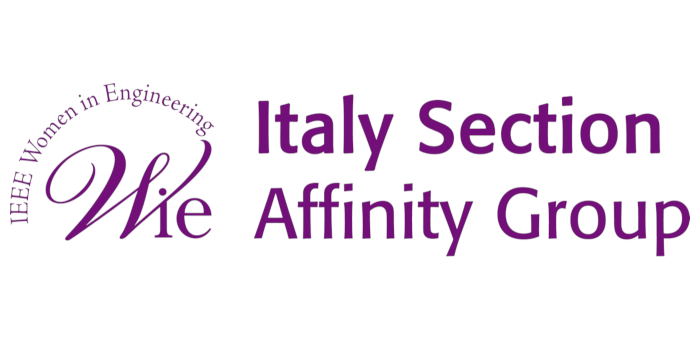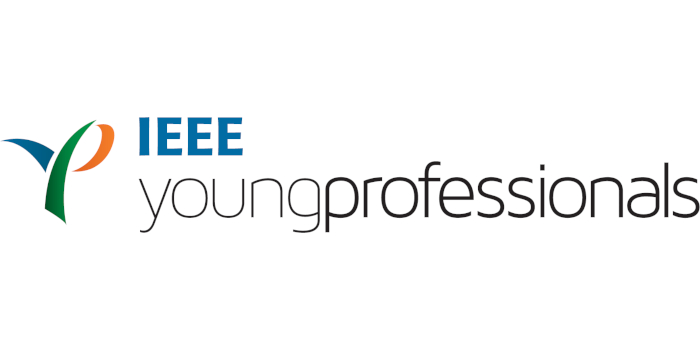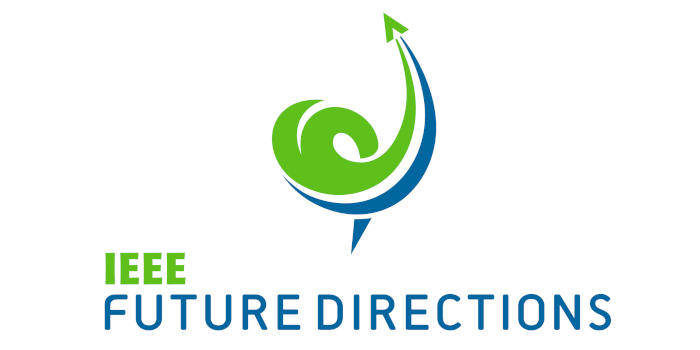SPECIAL SESSIONS
Revolutionizing Emergency Care: How Telemedicine and AI are Binding
ORGANIZED BY
Sarah Behnam, STIIMA, National Research Council, Italy
SESSION DESCRIPTION
Telemedicine and artificial intelligence (AI) are progressively transforming emergency care, offering innovative solutions that promise to reshape the landscape of urgent medical services. These technologies are poised to revolutionize how patients receive care in critical situations, addressing some of the most pressing challenges in emergency medicine. The integration of telemedicine in emergency care allows for immediate medical consultation through digital platforms, which can be especially beneficial in remote or underserved areas where medical facilities are scarce or overburdened. Telemedicine can facilitate rapid diagnosis and treatment, reducing the time and travel expenses for patients. For healthcare providers, it enables the extension of their services to a broader population, improving the efficiency of the healthcare system overall. Artificial intelligence further enhances these capabilities by providing advanced diagnostic tools and decision-support systems. AI algorithms can analyze vast amounts of medical data quickly and with high accuracy, assisting emergency care providers in making informed decisions. This can be particularly crucial in timesensitive situations, such as stroke or heart attack, where AI can help in interpreting imaging studies faster than traditional methods, leading to quicker intervention and better outcomes. However, the implementation of telemedicine and AI in emergency care is not without challenges. One of the primary concerns is ensuring the reliability and security of the technology, as any malfunction or data breach can have serious consequences for patient care. Another issue is the digital divide; unequal access to technology could exacerbate healthcare disparities if not addressed inclusively.
Additionally, there is the challenge of integrating AI systems into the emergency healthcare workflow, which involves overcoming resistance to change among healthcare professionals and ensuring that these systems are intuitive and augment rather than complicate the healthcare process. The legal and ethical implications of AI decision-making in critical care settings also require careful consideration and regulation.
The Need for Study and Research
Given these benefits and challenges, there is a pressing need to study and research the intersection of telemedicine, AI, and emergency care. Research is vital to optimize the algorithms for accuracy and to ensure they are free from biases. Studies can also evaluate the effectiveness and efficiency of telemedicine services, ensuring they meet the high standards required for emergency medical care. Research must also focus on developing robust cybersecurity measures to protect patient data and ensure the reliability of telemedicine services. Additionally, there is a need to explore the best practices for integrating these technologies into the existing healthcare infrastructure.
In conclusion, while the path forward for telemedicine and AI in emergency care is promising, it requires careful navigation. Ongoing research and study are essential to maximize the benefits, overcome the challenges, and ensure that these technological advancements lead to better health outcomes and a more equitable and efficient emergency healthcare system.
Forecasting Natural Hazards with AI Technologies
ORGANIZED BY
Ciro Del Negro, National Institute of Geophysics and Volcanology (INGV), Etna Volcano Observatory, Catania, Italy
SESSION DESCRIPTION
Forecasting natural hazards presents extraordinarily challenging problems, due to reasons ranging from the inherent complexity characterizing natural phenomena to the magnitude of associated risks. Despite these limitations, significant progress has been made in forecasting natural hazards, with specific advancements in prediction under certain circumstances. These improvements are closely linked to the availability of vast amounts of data from enhanced monitoring techniques, such as satellite observations, and the remarkable strides in computing power. This has led to an increased adoption of data-driven approaches, including artificial intelligence (AI) techniques, to address natural hazard challenges. AI technologies, which involve computers learning from data, are becoming increasingly important in forecasting hazardous natural phenomena. They are not only used for real-time monitoring purposes but also for later hazards analysis, such as modelling tools. This session invites contributions that merge efforts from traditional ground-based monitoring systems with technological innovation from satellite remote sensing and artificial intelligence models, aiming to foster a better understanding of natural hazards.
AI for microscopy, imaging and bio-data analytics
ORGANIZED BY
Pasquale Memmolo, Istituto di Scienze Applicate e Sistemi Intelligenti, National Research Council, Italy
Pietro Ferraro, Istituto di Scienze Applicate e Sistemi Intelligenti, National Research Council, Italy
SESSION DESCRIPTION
Currently, smart biomedical imaging technologies require advanced computational tools for automated, robust and reliable bio-data processing. The combination of imaging and artificial intelligence has opened new frontiers in bio-data analytics and medical diagnostics, unlocking potential breakthrough applications.
This session if focused on the recent developed in AI-aided biomedical imaging techniques and related applications, including (but not limited to) the following topics:
- Computational microscopy
- AI for single-cell analysis
- AI in tissue imaging
- Intelligent bio-data analysis for diagnostics
- Edge-AI devices
Telecommunications Solutions for Next-Generation Industrial IoT (NG-IIoT)
ORGANIZED BY
Luciano Miuccio, University of Catania, Italy
Salvatore Riolo, University of Catania, Italy
Enrico Testi, University of Bologna, Italy
Giampaolo Cuozzo, National Laboratory of Wireless Communications, CNIT, Italy
SESSION DESCRIPTION
The Industrial Internet of Things (IIoT) encompasses numerous heterogeneous devices, including sensors, actuators, RFID tags, servers, and mobile devices, which coexist to facilitate industrial applications, such as manufacturing, smart grid, transportation, etc. As time advances, these applications (e.g., video-operated remote control, digital twins) are undergoing rapid evolution, giving rise to the Next-Generation IIoT (NGIIoT), which demands low latency, very high reliability, high throughput, security, and energy efficiency.
Addressing these requirements necessitates leveraging innovative telecommunications solutions, as well as integrating artificial intelligence (AI) and advanced computing paradigms. This special session invites experts from academic and industrial fields to submit papers showcasing the latest breakthroughs, challenges, and results in the NG-IIoT, both from a theoretical and experimental perspective.
Topic of interest include, but are not limited to:
- AI-driven optimization for NG-IIoT infrastructure and operations;
- PHY layer enhancements for NG-IIoT;
- Integration and optimization of radio frequency components for NG-IIoT;
- Model-driven and AI-based network planning and data analysis in NG-IIoT;
- Integrated Sensing and Communications (ISAC) for NG-IIoT;
- Ultra-low power solutions and AI-based optimizations for NG-IIoT;
- Innovative network architectures, communication protocols, and AI-native systems for NG-IIoT;
- Semantic and goal-oriented communications for NG-IIoT;
- Security and privacy-enabled solutions for NG-IIoT;
- Computing infrastructures for NG-IIoT.
This session will feature insights from the NRRP project “IN – Industrial Networks”. The project aims at supporting the Italian automation industry by identifying the key enabling technologies for communication networks in industrial environments, with both a medium and long-term vision (application of AI and 5G, research on 6G). This session is also supported by the NRRP project “INCHNET”, sponsoring next-generation industrial wireless communication protocols.
Techniques AI-based for Innovative High Frequency Power Converters: Analysis of Architectures, Components, Controllers and Materials
ORGANIZED BY
Vittorio Bertolini, University of Perugia, Italy
Fabio Corti, University of Florence, Italy
SESSION DESCRIPTION
Power converters play a crucial role in the nowadays life. The increasing electrification in many sectors, from both the industrial and the domestic areas, and the large diffusion of renewable energy sources (with the respective storage systems) comes to a growing necessity of devices for the electric power conversion with high performances under multiple points of view (efficiency, power density, reliability, costs…). The performance optimization of power converters can be done by intervening on several aspects: materials (especially for the magnetic parts, to limit the losses of the inductors), components (electronic devices to reduce the switching losses) and architectures (for example DAB or resonant converters, wired or wireless, to work at high frequency with high efficiency). The advantages achievable in the power converters performances increasing the working frequency, drive the development of specific designs for these devices and their sub-parts. AI can represent an alternative and promising tool to improve both the approach to the study of the overcited aspects and the achievable results. For this reason, this section welcomes all the contributions based on AI techniques for materials, components and architectures which can improve the design of power converters for medium-high frequency (from a few of kHz to tens of MHz) applications.
Special session topics include, but are not limited to, the following:
- AI for the Modelling of Advanced and Innovative Power Converters;
- AI for the Modelling of new, more performing electronic devices and magnetic materials for Power Converters;
- AI for the selection of the most suitable magnetic materials for Power Converters;
- AI for the Simulations of new, more performing Power Electronics devices;
- AI techniques to develop innovative Power Converters for Wireless Power Transfer;
- AI for New and more performing Architectures for high-frequency Power Electronic Converters;
AI methods and technologies in the clinical practice: potentialities and risks
ORGANIZED BY
Federica Proietto Salanitri, University of Catania, Italy
Matteo Pennisi, University of Catania, Italy
SESSION DESCRIPTION
The integration of Artificial Intelligence (AI) into clinical practice marks a new era in healthcare. It has the potential to improve diagnostic accuracy, personalize treatment strategies, and streamline patient care. However, the deployment of AI in such a sensitive domain poses challenges and risks. This special session aims to analyze the various implications of AI applications in medicine, weighing the potential benefits against the inherent risks associated with these rapidly evolving technologies.
The goal is to bring together a multidisciplinary venue where leading experts in computer vision, machine learning, medical imaging, bioinformatics, and healthcare ethics can engage in rigorous discourse. We will examine the newest advancements in AI that have the potential to revolutionize clinical workflows, patient outcomes, and healthcare delivery systems. The session will encourage discussions that evaluate the healthcare infrastructure’s ability to adopt these technologies, the accuracy and reliability of AI-driven diagnostics, and the ethical considerations.
Key themes for this special session include, but are not limited to:
- AI in Diagnostic Imaging: Advances in deep learning algorithms for the interpretation of medical images, including radiographs, MRI, CT scans, and pathology slides. Evaluation of AI’s diagnostic precision and its impact on radiologists’ workflow.
- Algorithmic Transparency and Explainability: The importance of transparent AI models that provide interpretable predictions, fostering trust among clinicians and patients.
- Patient Data Privacy: Strategies to protect sensitive health information in the era of big data analytics, with an emphasis on compliance with regulations such as HIPAA and GDPR.
- Ethical Considerations: Addressing the moral imperatives of AI in healthcare, including consent, autonomy, and the prevention of algorithmic bias that could exacerbate health disparities.
- Clinical Decision Support Systems: The integration of AI tools as adjuncts in clinical decision-making processes, their validation, and real-world effectiveness.
- Risk Management: Identifying and mitigating the risks of AI applications in clinical settings, such as system failures, misdiagnoses, and unintended consequences of automated decision-making.
This special session aims to provide a path forward for the responsible advancement of AI in healthcare, ensuring that these technologies serve to augment, rather than replace, the critical role of healthcare professionals.
AI and ICT to support robotic rehabilitation – the activity 7 of fit4med project
ORGANIZED BY
Riccardo Bellazzi, University of Pavia, Italy
Stefano Ramat, University of Pavia, Italy
SESSION DESCRIPTION
Fit for Medical Robotics, funded by the PNC-PNRR programs, aims to revolutionize current rehabilitation and assistive models for people of all ages with reduced or absent motor, sensory, or cognitive functions, by means of novel (bio)robotic and allied digital technologies and of continuum of care paradigms that can take advantage of the novel technologies in all the phases of the rehabilitation process, from the prevention up to the home care in the chronic phase. Activity 7 deals with the definition of ICT infrastructures to support robotic rehabilitation. The session will describe the state of art, with a specific focus on the AI components.
State of Art and Advancements in Hypercomplex Neural Networks: Integrating Research and Technologies for Society and Industry
ORGANIZED BY
Danilo Comminiello, Sapienza University of Rome, Italy
Carlo Famoso, University of Catania, Italy
SESSION DESCRIPTION
Quaternionic and hypercomplex neural networks represent a cutting-edge field of research, designed to manage complex and multidimensional data. These neural models stand out for their ability to operate in high-dimensional spaces and capture intricate relationships in data, offering solutions for a wide range of information processing problems.
Hypercomplex models have demonstrated better performance in a number of real-world applications, from multichannel audio to multimodal medical pictures, when processing data with highly-related dimensions or modalities. In fact, hypercomplex neural networks are able to retain the correlations between the input’s dimensions by learning local associations in the data.
This Special Session aims to bring the current status and progress of hypercomplex neural networks, presenting the fundamental ideas of their algebra and summarizing the most current findings pertaining to the learning algorithms’ optimization or their developing applications, highlighting their integration with research and technologies for the benefit of society and industry. This involves applying such models in sectors such as healthcare, finance, security, energy and others, to address complex challenges and improve the efficiency of existing processes.
Furthermore, the topic highlighting the new challenges and opportunities in the field, as well as the ethical and social implications of adopting such technologies.
Advancing Intelligent and Autonomous Robots: Enhancing Interactions and Applications
ORGANIZED BY
Giovanni Bellitto, University of Catania, Italy
Simone Palazzo, University of Catania, Italy
Dario Guastella, University of Catania, Italy
Giuseppe Sutera, University of Catania, Italy
SESSION DESCRIPTION
In an era where intelligent and autonomous systems are increasingly becoming part of our everyday lives, the field of robotics stands at the forefront of technological innovation. These systems now play an increasingly important role in both control and engineering applications, including nuclear power, national defense, agriculture, industrial safety, aerospace, construction and next-gen vehicles. Particularly in the last decade, we have witnessed an unprecedented development of intelligent autonomous technology, guided by the rapid progression of artificial intelligence within the robotics domains, deeply influencing our daily experiences.
This special session aims to explore the cutting-edge advancements in intelligent and autonomous robots. Specifically, the session will focus on elucidating their enhanced interactions with humans and their expanding applications across various industries.
Key topics to be covered in this session include, but are not limited to:
- Human-Robot interaction: explore advances in natural language processing, emotion recognition, and context-aware computing that are making agents more intuitive and user-friendly.
- Robot grasping and Manipulation: delve into robotic dexterity, tactile sensing, and manipulation algorithms that empower robots to perform complex object handling tasks.
- Vision and Navigation: investigate the role of computer vision and spatial navigation in enabling robots to perceive and interpret their surroundings, facilitating real-time interaction with their environment.
- Virtual environments and Simulation: examine the significance of virtual environments and simulations as crucial tools for training and validating robotics applications. Discuss how digital twins can serve as a surrogate for physical systems.
- Application to Autonomous Systems: discuss the deployment of robots across various sectors, ranging from manufacturing and logistics to healthcare and service industries.
- Evaluate their impact on efficiency, productivity and human labor dynamics.
- Ethical and Social Implications: discussion on ethical dimensions and societal impacts of integrating autonomous systems, including regulatory challenges and privacy concerns.
Methods and implementations to foster Trustworthy AI systems in healthcare
ORGANIZED BY
Giovanna Nicora, University of Pavia, Italy
Riccardo Bellazzi, University of Pavia, Italy
SESSION DESCRIPTION
For decades, the application of Artificial Intelligence (AI) to solve health-related problems has fascinated academic research and industry. Recently, technological advances boosted our ability to collect and analyze patients’ data, promoting the integration of AI tools in clinical settings. Transition from bench to bedside poses concerns about trustworthiness of these approaches, since their usage can impact clinical decisions, with potential negative effects for patients. Both the FDA and the European Commission are working to regulate AI in high-stakes applications, by sharing frameworks and assessment lists, outlining requirements for trustworthy AI. Despite these efforts, trustworthy AI definition in healthcare is still fuzzy and there is no guidance on practical methodologies that can be used to reach trustworthiness. In this special session, we invite contributors involved both in research institutions and industry, to present approaches, frameworks and guidelines to address AI reliability issues, with a focus on healthcare applications.
Artificial Intelligence in Medical Applications
ORGANIZED BY
Francesco Amato, University of Naples Federico II, Italy
Annarita Tedesco, University of Naples Federico II, Italy
Egidio De Benedetto, University of Naples Federico II, Italy
SESSION DESCRIPTION
The interaction of artificial intelligence and healthcare has become increasingly crucial, revolutionising the panorama of medical research, diagnosis and patient care. This special session addresses the multifaceted applications of AI in healthcare, addressing its potential to improve efficiency and accuracy in different areas of healthcare. From predictive analytics to personalised medicine, the introduction of AI represents a paradigm shift, with a patient-centred approach to healthcare.
Researchers, academics, and industry professionals are invited to discuss the latest developments, challenges, and opportunities in applying AI to enhance healthcare systems and promote smart living environments.
Contributions that aim to examine AI-driven diagnostics, personalized treatment plans, predictive analytics, monitoring of disease, and innovative solutions for healthcare are encouraged. This track will be a platform for exchanging ideas, sharing innovative solutions, and fostering collaborations to address the evolving needs of society in the intersection of AI, health, and smart living.
Topics of interest include, but are not limited to, the following:
- Applications of AI in disease diagnosis and prognosis;
- Predictive Analytics in Healthcare and in Personalized Medicine;
- Explainable Artificial Intelligence for Medical Data;
- Integrating AI tools into clinical decision-making processes;
- Natural Language Processing in Healthcare;
- AI for Biosignal Analysis and Interpretation;
- Intelligent decision support systems for medical professionals.
- Remote patient monitoring and telemedicine using AI technologies.
- Human-AI Collaboration in Healthcare
- Medical Imaging analysis.
- Human-machine interfaces.
- Gait analysis.
- Legal and ethical considerations in the development and deployment of AI solutions.
Simulation, co-simulation and digital twins for CCAM: AI opportunities and challenges
ORGANIZED BY
Gennaro Nicola Bifulco, University of Naples Federico II, Italy
SESSION DESCRIPTION
The development of mobility and transport technologies creates new challenges for understanding usage patterns and testing the effects of introducing increasing levels of automation, cooperation and connection of vehicles and transportation infrastructures. These innovations must be tested against their introduction in realistic and complex traffic and mobility environments and under conditions modified by the progressive replacement of the driver as an intermediary between the vehicle and the traffic environment. The traffic environment becomes a direct agent of stress towards on-board systems, and this condition determines effects that are not easily predictable for individual safety and traffic flow, as well as for the efficiency and sustainability of traffic and mobility networks. In this context, research is moving towards using simulation, co-simulation and digital twins capable of predicting the effects of innovations on transport systems. The session intends to host contributions on developing methodologies and tools for simulating and testing the effects of the evolution of transport systems in the CCAM direction based on the opportunities and challenges of AI.

